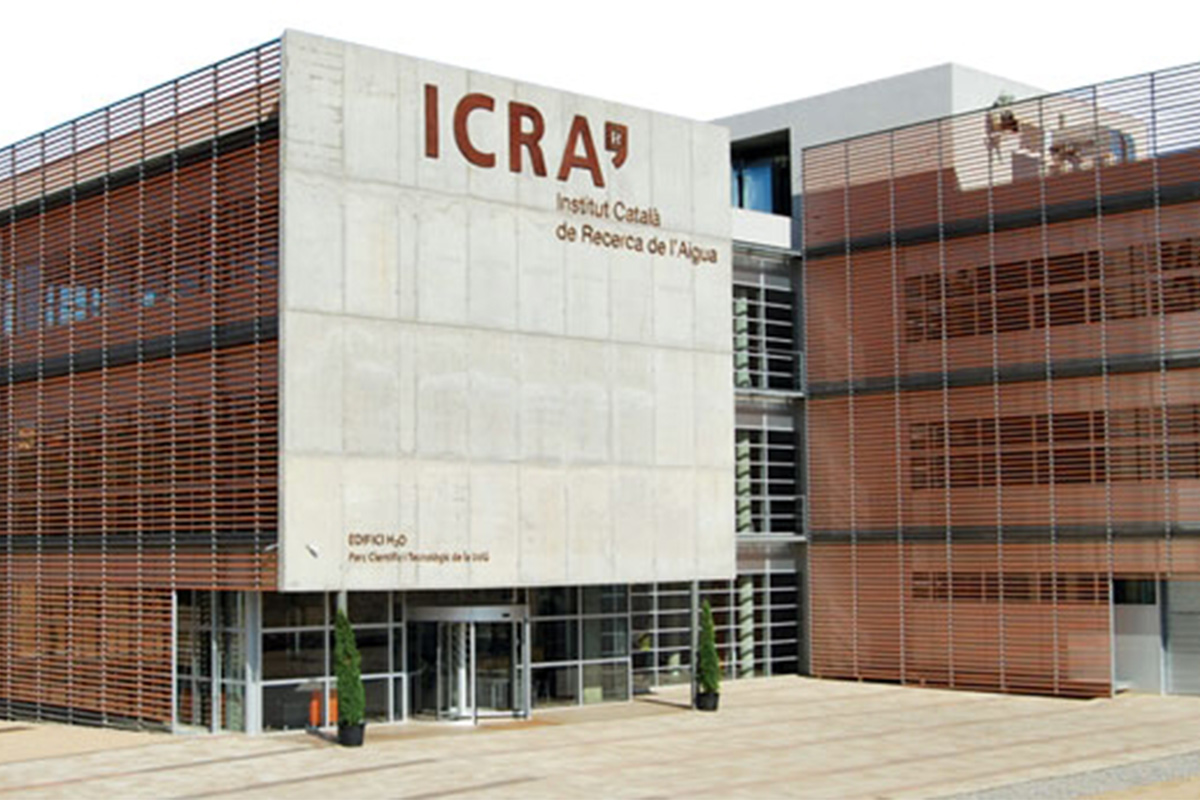ICRA projects GDP to dip 6.5% YoY in Q2FY25
It said, this is due to the heavy rains and weak margins offsetting the buoyancy injected by the turnaround in Government capital expenditure and healthy trends in kharif sowing.
During the financial year 2022-23, the domestic road logistics sector’s growth is anticipated to continue due to the rapid expansion of business activities along with the support of robust growth in 2021-22 (FY22), said rating agency Icra recently. A growth rate of 7-9 per cent during FY23 over FY22 was estimated by rating agency Icra.

(Photo: IANS)
During the financial year 2022-23, the domestic road logistics sector’s growth is anticipated to continue due to the rapid expansion of business activities along with the support of robust growth in 2021-22 (FY22), said rating agency Icra recently.
A growth rate of 7-9 per cent during FY23 over FY22 was estimated by rating agency Icra.
Advertisement
The organized players’ ability to command a price premium in the current fuel price inflation scenario while retaining cost reduction initiatives will support operating profitability in FY23, the rating agency said in a report.
Advertisement
The agency said, however, the margin movement would continue to depend on customer demand attitudes, diesel price fluctuations, and the industry’s competitive intensity.
As a result of the anticipated debt-financed capital expenditures for vehicle replacement required prior to the commencement of the scrappage policy and the rising interest rate environment, it is anticipated that debt coverage metrics will marginally weaken in FY23 relative to FY22 levels, it said.
The introduction of the National Logistics Policy (NLP) aimed at promoting the seamless movement of goods, overcoming transport-related challenges, and encouraging digitization along with the significant reduction in time and cost, is targeted to reduce the logistics costs from 13-14 per cent of GDP to single digits.
This augurs well for the road logistics sector, as it shall reduce the overdependence on road through better integration of different modes of transport and in turn improve demand identification, thereby enabling better availability of trucks.
The rating agency said the implementation however remains the key, given the coordination of multiple agencies, stakeholders, and physical entities involved. “The logistics sector’s quarterly revenues increased by 5.8 per cent in Q1 FY2023 compared to Q4 FY2022, thanks to solid and sustained demand from the manufacturing sector.
The revenue remains close to multi-year high quarterly revenues, supported by a sustained recovery in industrial activities,” Suprio Banerjee, vice-president & sector head for corporate ratings, ICRA, said.
This is also reflected by the stability in monthly e-way bill volumes as well as FASTag volumes during Q1 FY23, which also continued in the current quarter for July-August 2022.
Following a 16.5 per cent growth in FY22 (over pre-Covid levels) and a 5.8 per cent growth in Q1 FY2023 on the back of a revival in economic activities and firm freight rates, ICRA expects the logistics sector to grow by 7-9 per cent YoY, Banerjee said
Advertisement